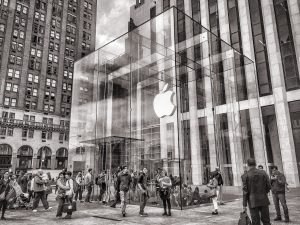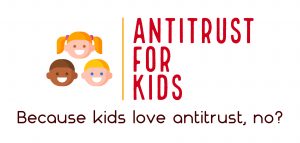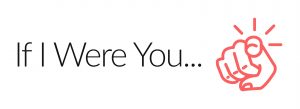Author: Luis Blanquez
Apple is currently feeling the heat from antitrust authorities all over the world. Probably more than ever. Below is an article we recently published in the Daily Journal discussing in some detail the last developments in the Epic Games saga, both in the EU and the US.
Epic Games Has Returned to the Apple Store. Will Apple Throw a Hail Mary?
If you are a developer in the Web3 space trying to access the Apple Store, you should also review this article:
So, what’s on Apple’s plate in the antitrust world on both sides of the pond?
In the European Union, the European Commission has fined Apple over €1.8 billion for abusing its dominant position on the market for the distribution of music streaming apps to iPhone and iPad users (‘iOS users’) through its App Store. The Commission found that Apple applied restrictions on app developers preventing them from informing iOS users about alternative and cheaper music subscription services available outside of the app. Such anti-steering provisions ban app developers from the following:
- Informing iOS users within their apps about the prices of subscription offers available on the internet outside of the app.
- Informing iOS users within their apps about the price differences between in-app subscriptions sold through Apple’s in-app purchase mechanism and those available elsewhere.
- Including links in their apps leading iOS users to the app developer’s website on which alternative subscriptions can be bought. App developers were also prevented from contacting their own newly acquired users, for instance by email, to inform them about alternative pricing options after they set up an account.
At the same time, the European Commission has just opened a non-compliance investigation under the new Digital Markets Act about Apple’s rules on (i) steering in the App Store; (ii) its new fee structure for alternative app stores; and (iii) Apple’s compliance with user choice obligations––to easily uninstall any software applications on iOS, change default settings on iOS and prompt users with choice screens which must effectively and easily allow them to select an alternative default service.
Meanwhile, antitrust enforcement is also heating up for the Cupertino company in the United States.
Besides several private litigation actions, Epic Games recently filed a motion accusing Apple of violating an order issued last year under California law barring anti-steering rules in the App Store.
And just few days ago, the Justice Department, joined by 16 other state and district attorneys general, filed a civil antitrust lawsuit against Apple for monopolization or attempted monopolization of smartphone markets in violation of Section 2 of the Sherman Act. According to the complaint, Apple has monopoly power in the smartphone and performance smartphones markets, and it uses its control over the iPhone to engage in a broad, sustained, and illegal course of conduct. The complaint alleges that Apple’s anticompetitive course of conduct has taken several forms, many of which continue to evolve today, including:
- Blocking Innovative Super Apps.Apple has disrupted the growth of apps with broad functionality that would make it easier for consumers to switch between competing smartphone platforms.
- Suppressing Mobile Cloud Streaming Services. Apple has blocked the development of cloud-streaming apps and services that would allow consumers to enjoy high-quality video games and other cloud-based applications without having to pay for expensive smartphone hardware.
- Excluding Cross-Platform Messaging Apps. Apple has made the quality of cross-platform messaging worse, less innovative, and less secure for users so that its customers have to keep buying iPhones.
- Diminishing the Functionality of Non-Apple Smartwatches. Apple has limited the functionality of third-party smartwatches so that users who purchase the Apple Watch face substantial out-of-pocket costs if they do not keep buying iPhones.
- Limiting Third Party Digital Wallets. Apple has prevented third-party apps from offering tap-to-pay functionality, inhibiting the creation of cross-platform third-party digital wallets.
The complaint also alleges that Apple’s conduct extends beyond these examples, affecting web browsers, video communication, news subscriptions, entertainment, automotive services, advertising, location services, and more.
 The Antitrust Attorney Blog
The Antitrust Attorney Blog










